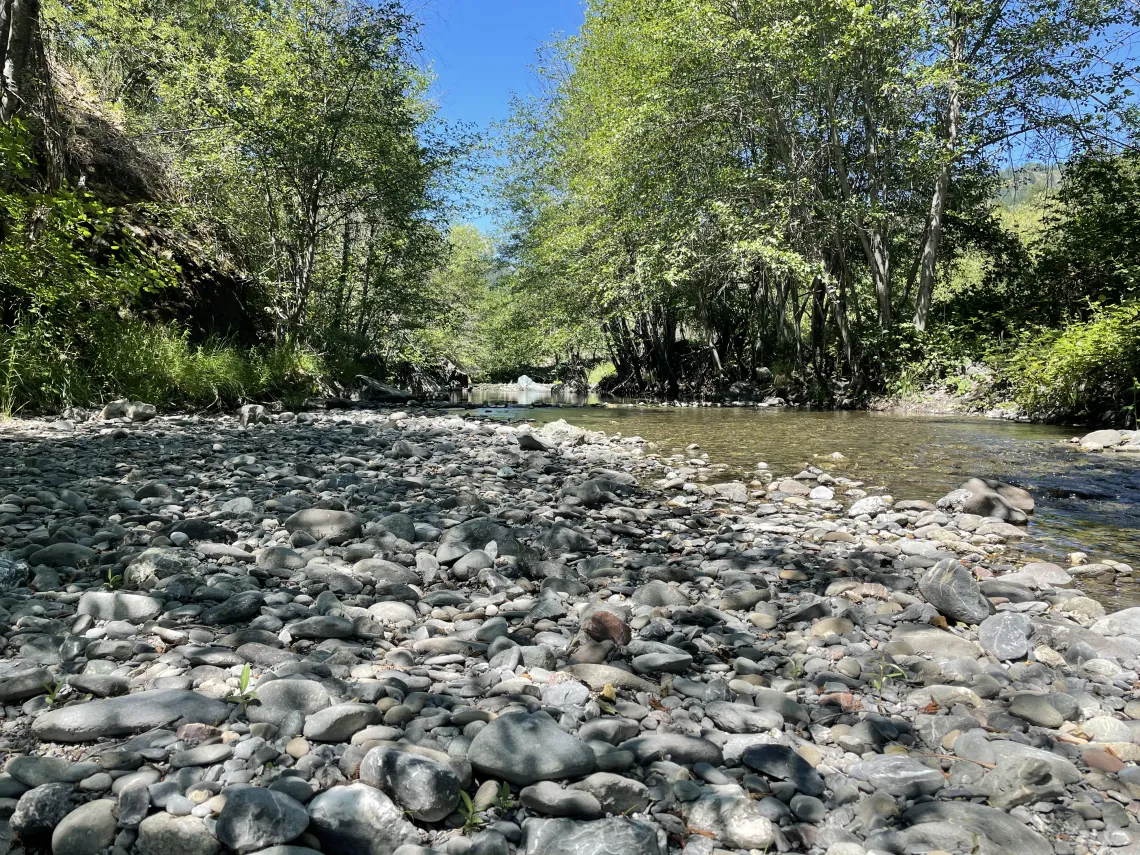Riparian Area Good Predictor of Species Richness

Bryson Mineart
New research funded by the SWCASC and published in Ecological Applications investigates the connections between riparian area, fragmentation and species richness (a count of the number of species in a defined ecological community). In this study, researchers used a novel community model to explore predictors of species richness of riparian-obligate and other species of breeding birds in the Great Basin, Nevada. They found that the presence of woody riparian vegetation was the primary predictor of species richness rather than fragmentation. They concluded that the total area of a habitat was a better indicator of species richness, especially when about 25 hectares of riparian vegetation was present in a canyon-level area. In areas with larger amounts of woody riparian vegetation riparian-obligate birds were more resilient to small contractions in riparian habitat. Because the researchers found that species richness increased with increases in total area of woody riparian vegetation, it may be constructive for management strategies to focus on the total habitat area available to breeding bird species rather than fragmentation of habitat patches within a canyon-level area.

